A Layered Historical Landscape
Visiting Wyck is a bit like traveling back in time. In addition to the house that was built up over time from 1690 through the 1820s, the coach house (1794), smoke house (1797), ice house (1836), and greenhouse (1914), still stand as they have for centuries. These incredibly rare survivors of history are almost common in their Germantown context. Nestled in the landscape only blocks away from the Johnson House, the Ebenezer Maxwell Mansion, Cliveden, Upsala, Grumblethorpe, Historic Rittenhouse Town, and other historic sites, Wyck’s enchanting architecture and gardens are in good company in Germantown.
Explore the oral histories below to see how the rich history of the landscape has inspired deeper connections between modern residents, their homes, and their predecessors.
Shamans and Royalty
“This is an African shaman or medicine man’s breastplate. It is leopard skin and other skins, and it looks like it has maybe pockets for amulets or herbs, or we don’t know. It was given to us when we bought the dining room set in honor of John’s birthday. And the person we bought the dining room set from, who gave us that, owned this house at one time. It connects to my ancestors from our motherland and to the knowledge, culture and, just the wisdoms and the energy that that garment has experienced and all the people it may have come into contact with.
There is another interesting thing about this house that, now looking at that, I’m thinking about. The Queen Isabella, is it Sofia Isabella who was the queen? She was a child queen who owned slaves. They built this house for her, this was her house even though she never lived here. Her loyal subjects were fearful that she would be deposed for her behavior so they traded the land from Walnut Lane, right across from the Wyck, to Washington Lane, and from Germantown Avenue all the way to the Wissahickon. They traded the land in exchange for the houses. But she worked it out and she never had to come here. So that is why it is the Queen’s house and the ladies in waiting’s house across the street.
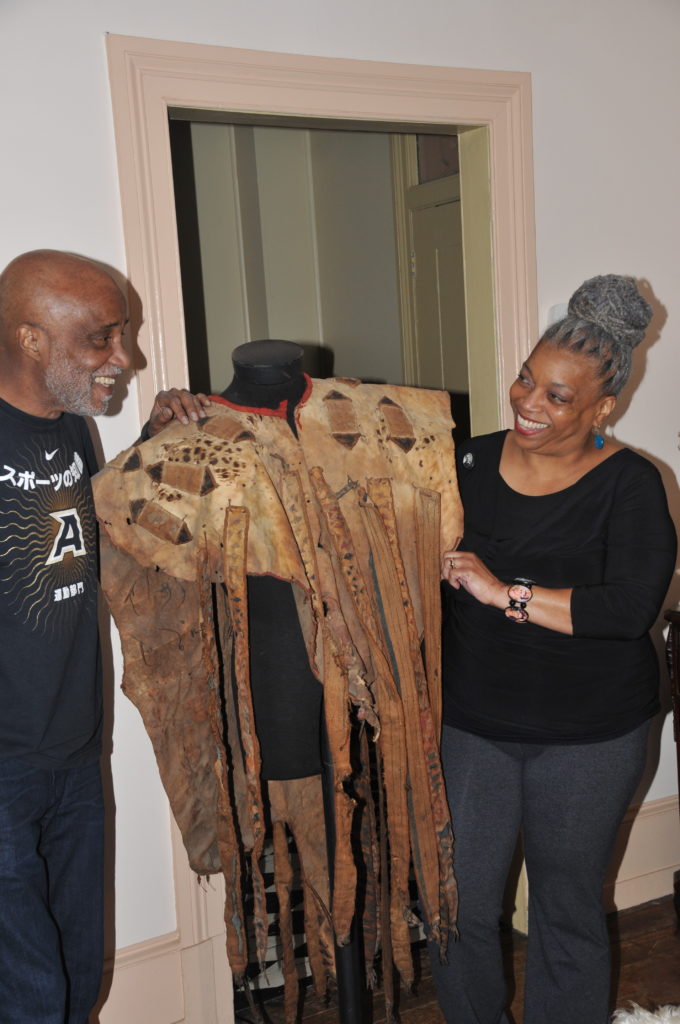
And It didn’t take too long to find this house. There is something about the energy here. I think it is the history of this place. I think that this place, because it was such an important area for the Native population, I feel like I’m living… I can feel them in some way. There is something that they’ve left, and I know that they probably did things in this area. And then I had the opportunity to go down to the Historical Society and I got to look at maps of this area from before this house was built so I got to see that there were creeks and little woods around here, and the couple of homes that had been built here. I got to see that this place, it took time for it to become what it is. This was all farmland. Our house was the first house on this block.”
—John Lewis and Regina Robinson
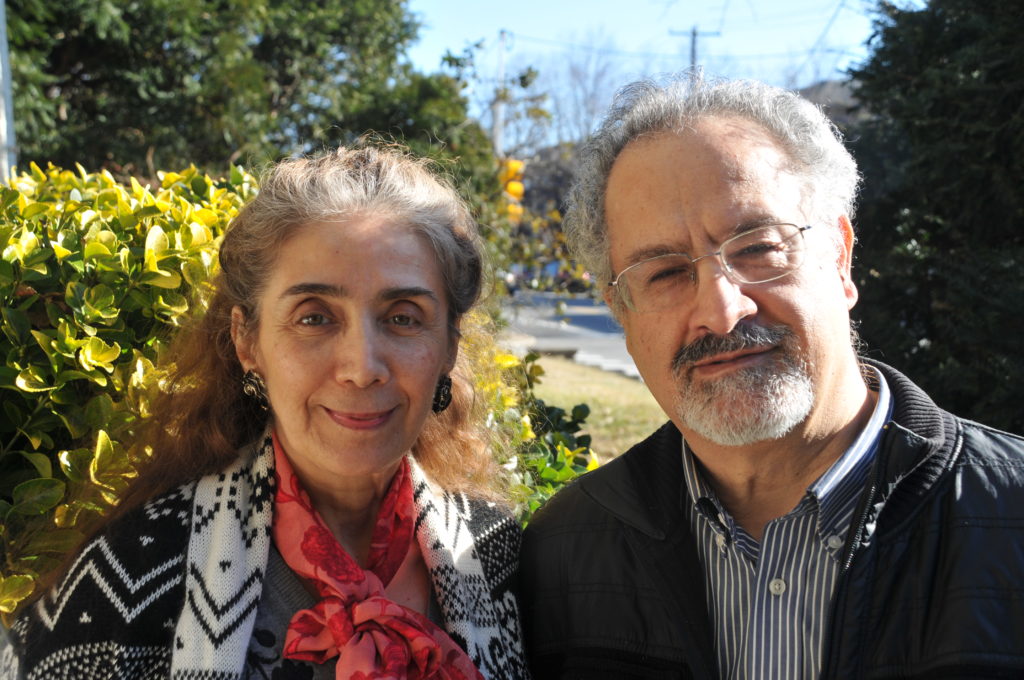
Strength and Style
“I think the architectural character of it is very good! The buildings here on Tulpehocken are all old, have a very nice character, and are very historic you know. And Tulpehocken is very beautiful. Green. Philadelphia all together is very green. I like it! And I like this house too! Because although Massoud worked on this they painted it, it was a little bit dark and much older. Then I came here to renovate many things here. And the diversity attracts me too. The diversity is very interesting you know. As I stayed here longer I learned more about Germantown. It becomes more and more interesting to me.
The history and how it has some character to it. I like the fact that it has a history and Philadelphia itself is the only historic city in America that is registered as a historic city. That is what I have learned recently. There are so many registered historic monuments here.
The architecture. Also, so many styles here. People from Europe came here and settled. The Spanish style, Victorian style, and all kinds of styles of architecture are here. And also the nature is very nice. The trees and the park, Fairmount Park is really attractive. It is so close and still the nature is left. Some of the buildings there are interesting as kind of you can stop there. On the river there were not sure if it is in Germantown. There are ducks there. There are old mills that are there in Germantown they are very interesting. I am also attracted to stone buildings. I think that they are very beautiful. And they show a kind of strength of the steadiness.”
– Roya Mohadjeri
From Wyck Historic House, Garden, & Farm
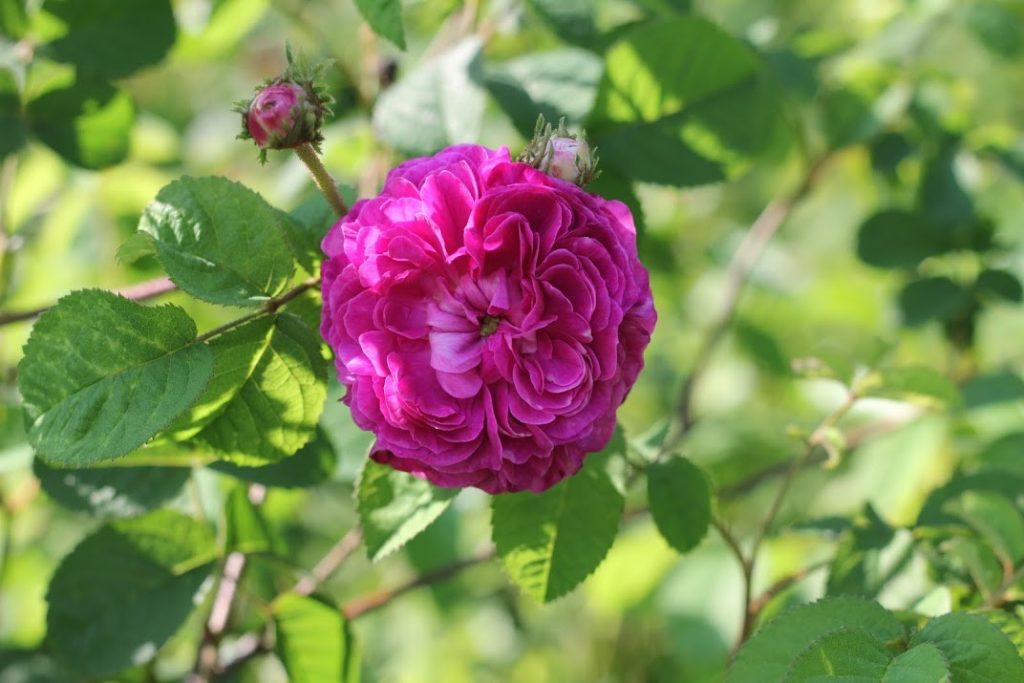
Walking into the garden at Wyck your senses are immediately captivated and your mind is put at ease. You can somehow sense the generations of individuals who found peace tending the plants there. Originally designed in 1821 by Jane Bowne Haines I (1790-1843), the garden was lovingly tended to by her daughter, Jane Reuben Haines (1832-1911), and grand-daughter Jane Bowne Haines II (1869-1937) who went on to found Temple Ambler – originally the Pennsylvania School of Horticulture for Women.
The Wyck rose garden is now widely recognized as the oldest rose garden in the United States still growing in its original plan. Home to over 50 cultivars of historic roses, the garden contains the original rose plants from the 19th century design, as well as plants from the 18th century kitchen garden, and later 20th century additions. The layered garden is a rare wonder for rose lovers and an important repository of plants that have disappeared from other historic gardens. Two roses that grow here, the Elegant Gallica and the Lafayette Rose, until no longer found anywhere else in the world.
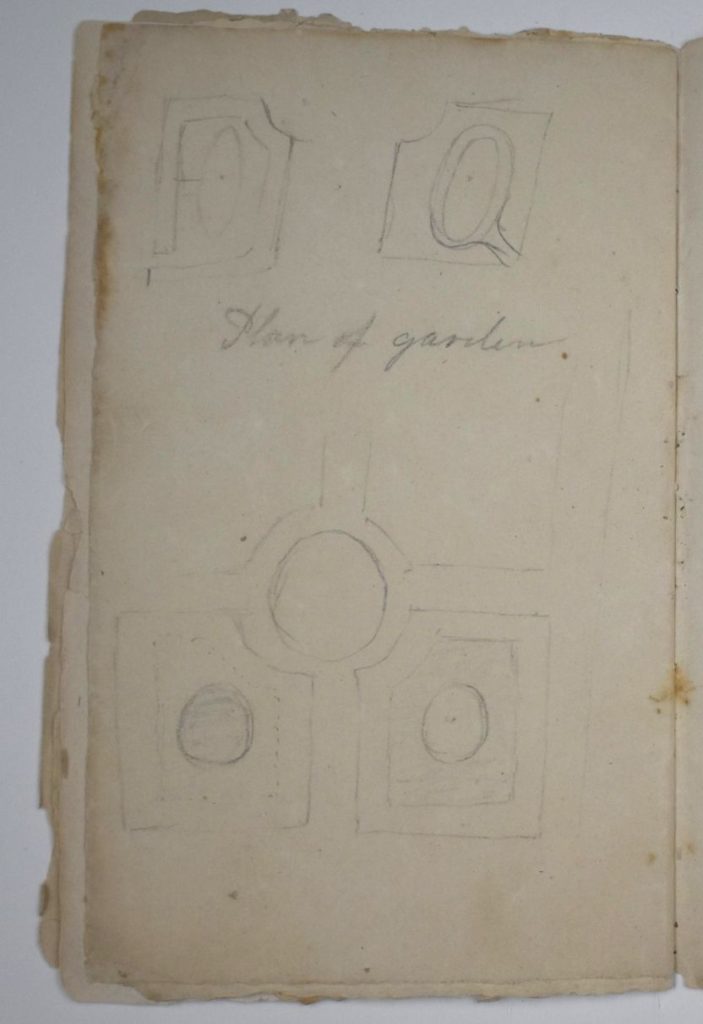
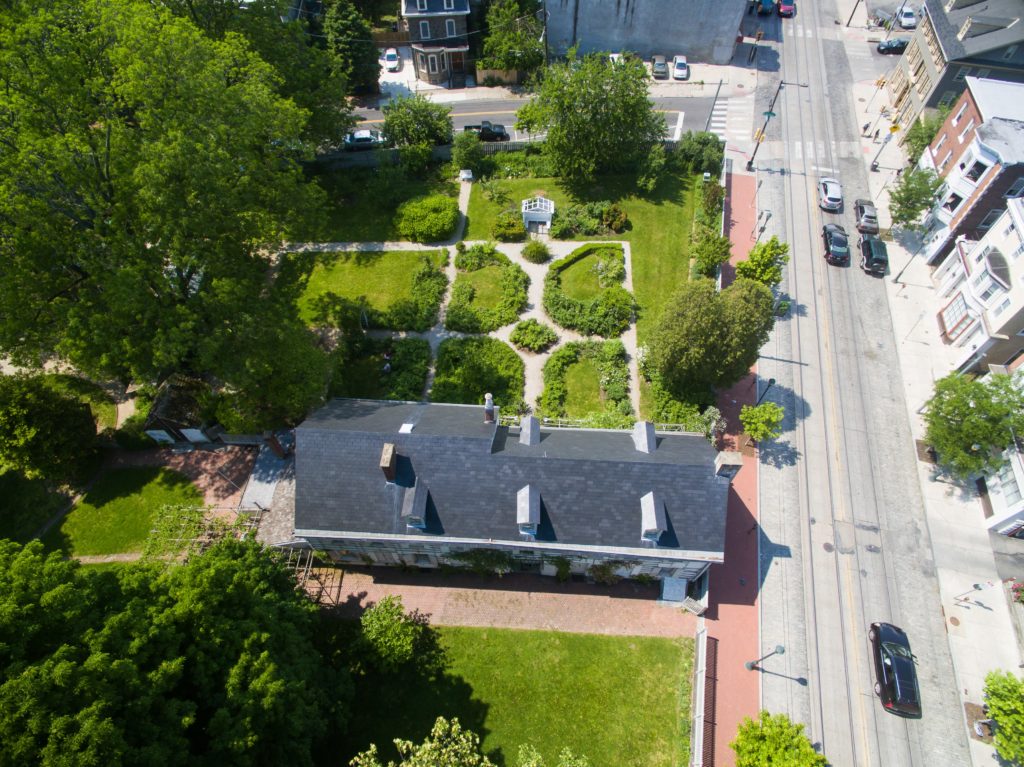
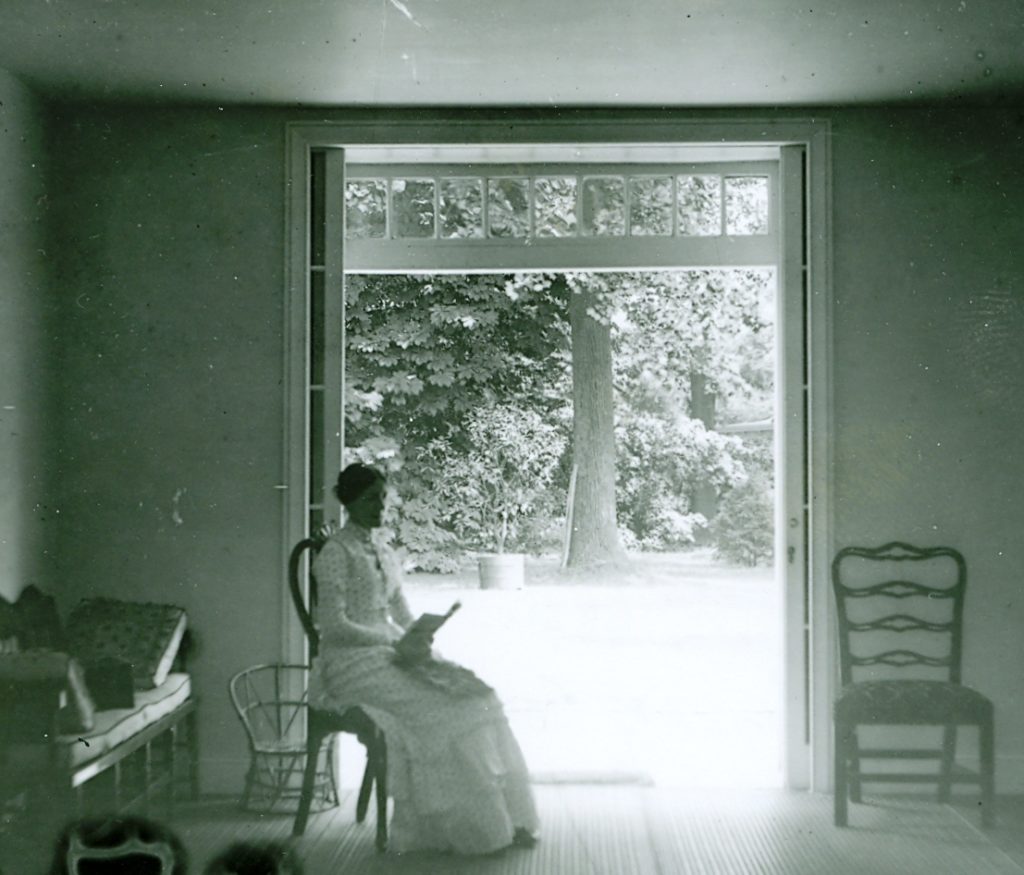
How does the historic landscape of Germantown affect or inspire you? Feel free to comment below, or if you'd like to add an oral history to this exhibit email info@wyck.org!
Explore more aspects of Germantown's unique community, past and present, through the portals below!



Copyright © 2025 Wyck. Powered by Museo Lite
